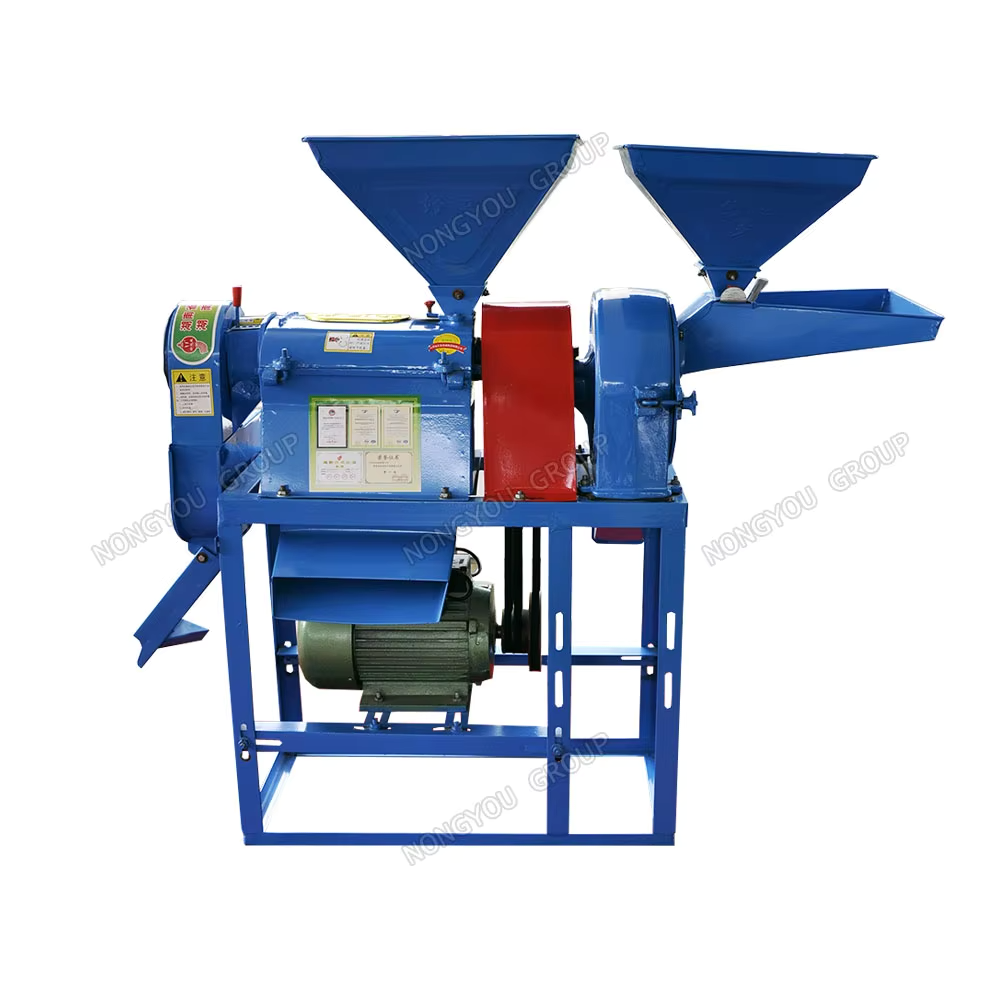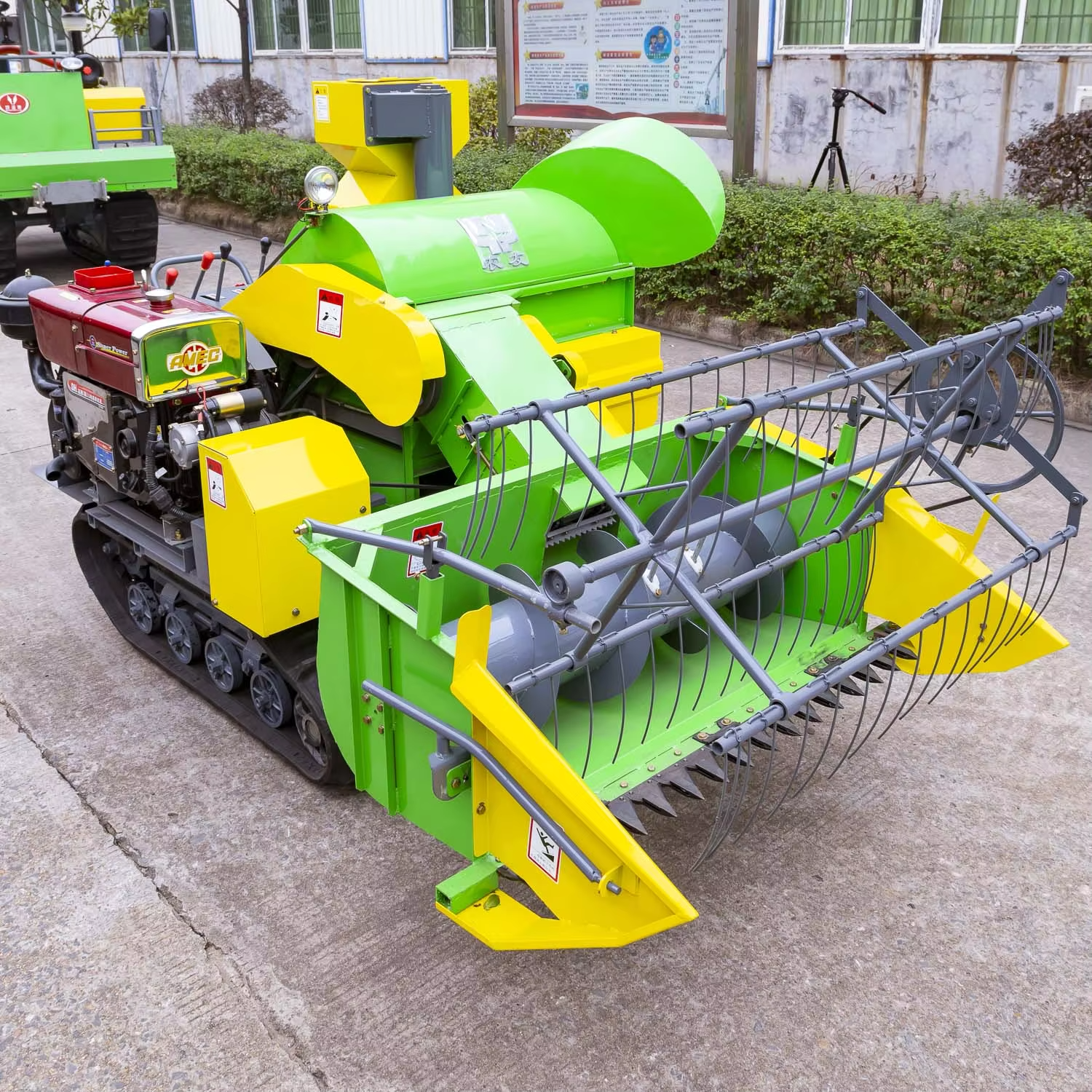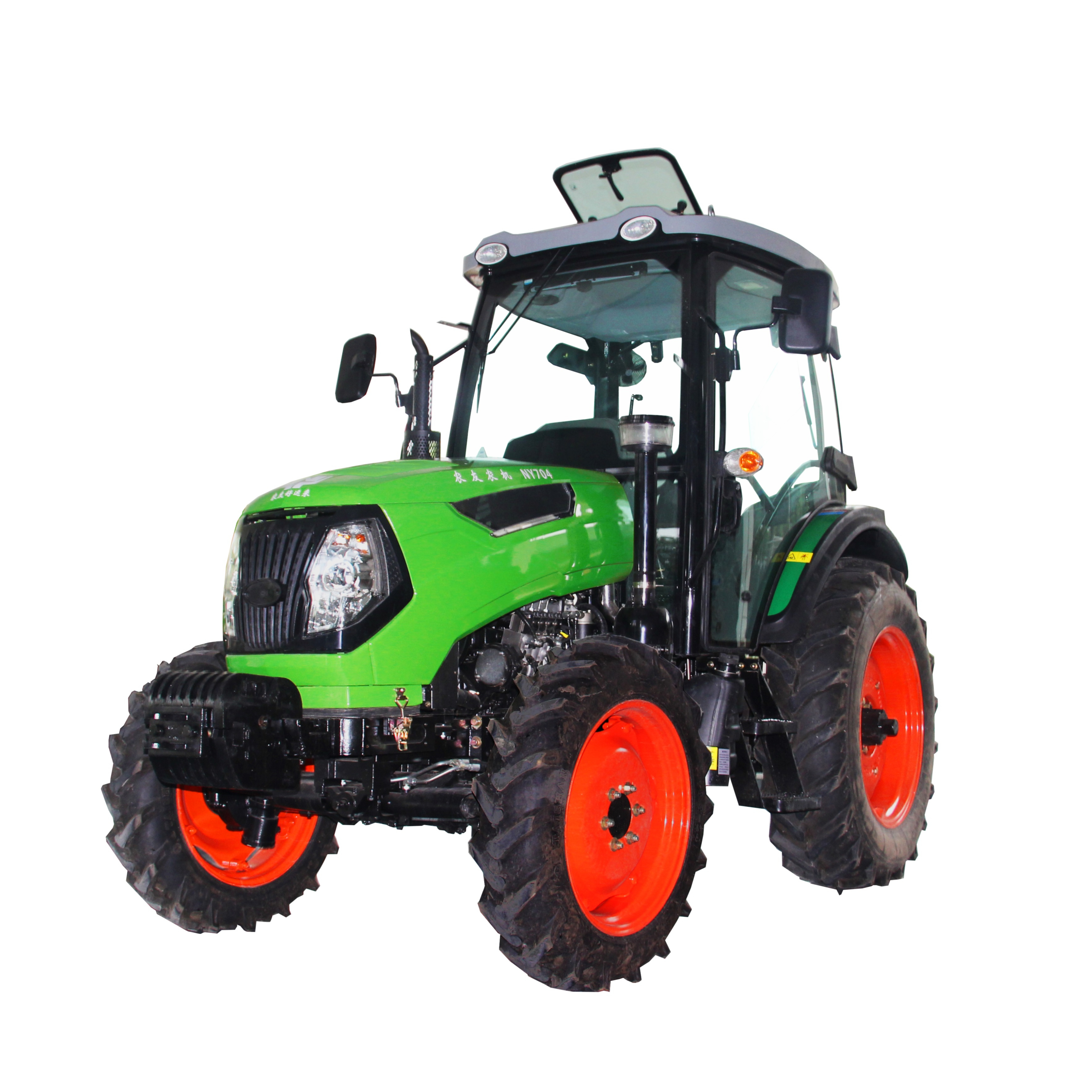price of rice milling machine
The price of rice milling machines varies significantly based on capacity, features, and technological sophistication. Entry-level models typically range from $1,000 to $5,000, suitable for small-scale operations processing 100-500 kg per hour. Mid-range machines, priced between $5,000 and $15,000, offer enhanced capabilities including automated feeding systems, precision hulling mechanisms, and advanced grain separation technology. These units can process 500-2,000 kg per hour with superior grain quality. High-end industrial machines, priced from $15,000 to $50,000, feature comprehensive systems including pre-cleaning, husking, paddy separation, whitening, polishing, and grading functions. These machines incorporate sophisticated electronic controls, energy-efficient motors, and can process 2,000-5,000 kg per hour. The price also reflects additional features such as moisture monitoring systems, automatic temperature control, and smart operations management interfaces. Investment costs should be weighed against factors like processing capacity requirements, maintenance expenses, operational efficiency, and expected return on investment.


